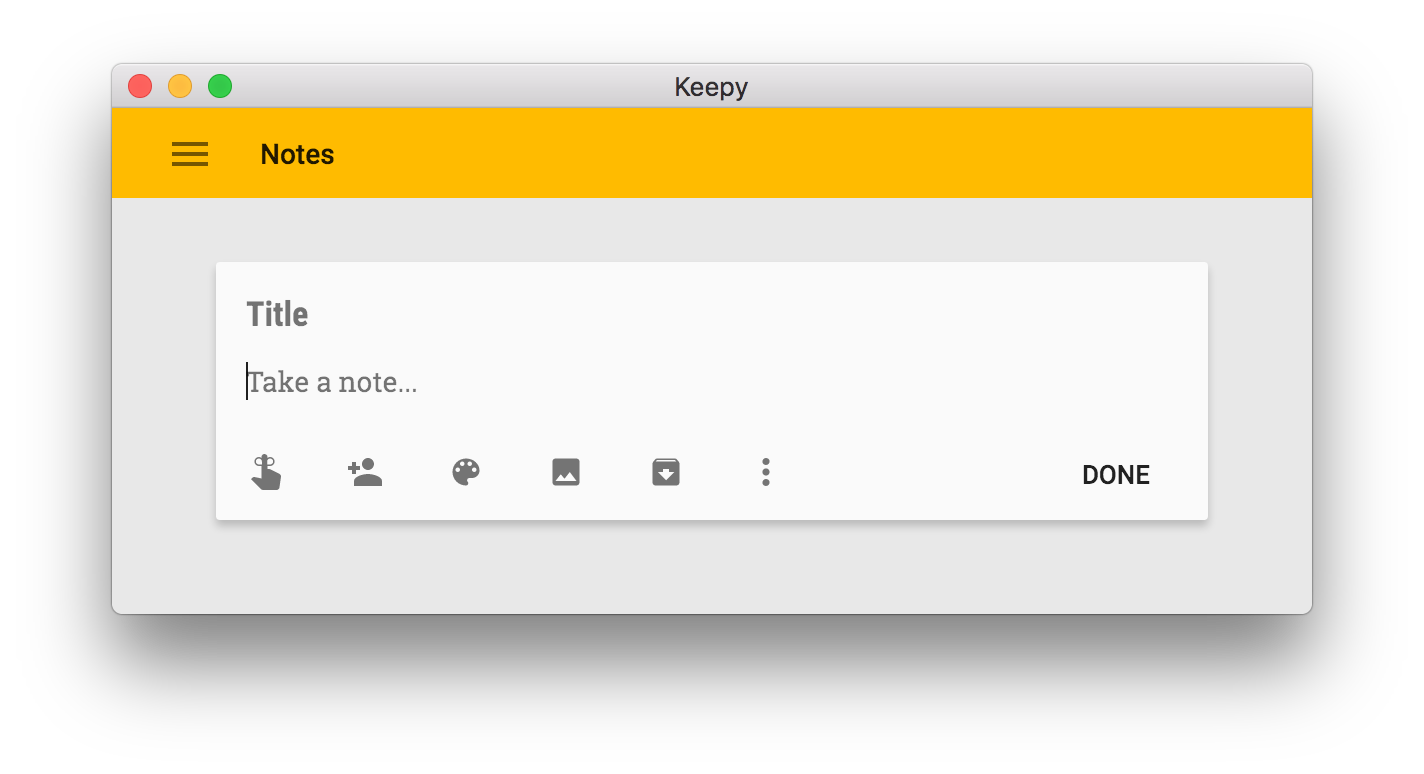Learning to live, by learning to breathe
31 Mar 2018
“You Are Now Breathing Manually…”
When someone tells you this, your initial reaction is to likely try to fight the urge to think about your breath, and soon you’ll realize that the more effort you put in to fight it i.e. the more you try to not think about thinking about your breath, the more you’re unlikely to be successful in doing so. It’s only by completely letting go, giving up your sense of control of the breath, that you’re able to get it to return to its natural rhythm and fade into the background of your mind.
One of the funny things about the mind is that it doesn’t like being told what to do, despite it being the one telling it what to do.
For the past 4 months (starting last December), I’ve been exploring this idea and the inner processes of my own mind through daily meditation. This practice initially started as an attempt to try to calm my own mind from the sporadic thoughts that tended to cloud my daily life, but has since developed into a daily routine that provides me so much joy and has helped build my ability to feel compassion and empathy toward others, and ultimately learn how to live more intentionally.
This term “meditation” gets thrown around a lot but it’s really just a fancy word for “focused awareness of what’s happening right now”. The idea around meditation is that by focusing your mind on what’s happening right now, your mind will become clearer and calmer.
If I may entertain you for a few minutes more, I’m going to reflect and share with you a few things that I’ve learned and observed through this practice so far.
Be aware.
Before I started this practice, meditation to me was a foreign idea, something I thought only monks did, or certainly wasn’t for a “regular” person like myself. I also thought meditation was extremely difficult to do, and even if I could convince myself to try to do it, I figured it would require considerable practice to really get started. I’ll show you right now why all of these preconceptions were wrong.
Breathe.
No seriously, breathe right now. As you breathe in, feel it in your chest as your lungs fill with air. Focus on that feeling, letting everything else fade into the background. Don’t judge that feeling, just be aware of it. Now breathe out, continuing to hold onto that feeling. Breathe again, continuing to hold that focus. If your mind wanders, acknowledge the passing thought, and bring your focus back to the breath. Rinse & repeat.
Congrats, you just ~meditated~
Everything else you may hear about meditation these days: meditation pillows, meditation apps, mantras & sound bites, are only there to try to help you create an environment that is conducive to being able to sustain that focused awareness. At the end of the day, no matter what you do to create that mental space for yourself, don’t lose track of the real purpose of meditation: to simply be aware.
Which leads into the next thing I’ve learned…
Be awake.
Through the 4 months of logging my daily meditation experiences, one of the trends I noticed more than anything else was that the easiest way to make meditation more difficult and less effective for myself was to try to do it when I’m sleepy. This isn’t to say it’s impossible, but it certainly makes it more challenging, like trying to go to the gym in a state of physical exhaustion.
I typically do anywhere from 10–30 minutes of meditation per day (you can do as little or as much as you like), but even that small amount of time can seem like an eternity to your mind when you’re tired.
One of the most effective ways that I’ve found to combat the possibility of falling asleep and to increase my awareness is to meditate right in the morning, after a shower & a cup of joe. At that point, you should be awake enough that you aren’t going to fall back asleep but it’s still early enough in the day that you can approach that time with a fresh, clean slate of curiosity.
Which leads me into my third observation…
Be curious.
Don’t take meditation too seriously. Meditation is just about being aware of what’s going on around you, so have fun with it and be curious about what you’ll find. Try not to think of meditation as something that is separate from your everyday life. Recognize that when you’re meditating, you’re living as fully as ever.
When thoughts inevitably pop up during your meditation practice, be curious about what they are, observe them and acknowledge them, but then let them go.
All in all, be sure to have fun, and…
Be deliberate.
If you’re going to meditate (as you should), don’t half-ass it. Be deliberate in what you want to achieve. Try your best in your meditation to bring your full energy and focus into that awareness, but recognize when your mind fails on that promise and find the capacity to admit it, forgive yourself, and try again.
The best things in life are usually those worth working for. Meditation is something you need to practice, but its rewards are worth the effort. By being deliberate, you can be sure that you are focusing your energy in the most effective way.
I hope these few reflections help provide you with a bit of insight into what meditation is, and how you can get the most out of your practice. As you may note, the above musings could be applied to not only meditation but also to life in general. This shouldn’t really come as too big of a surprise given how meditation is simply living with more intentional awareness.
So go out there, and enjoy each breath. Happy meditating, happy living :)

